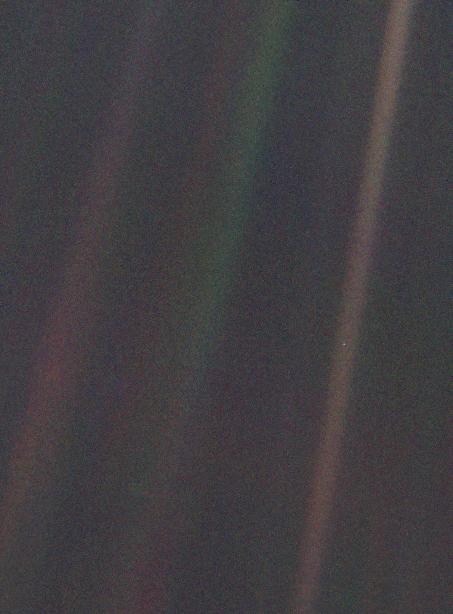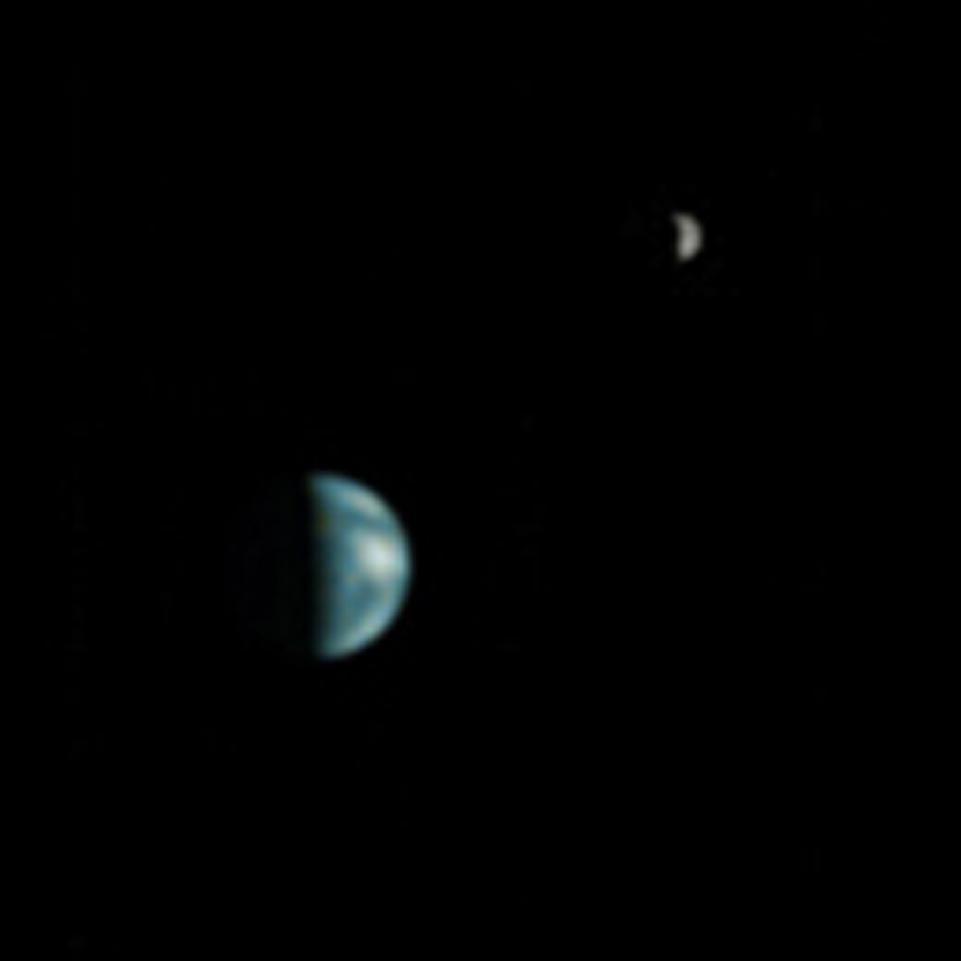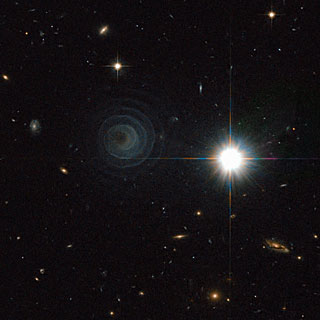A week or so ago SETIcon went on in Santa Clara, California. This is a convention led by the SETI Institute, which is devoted to investigating the possibility of life elsewhere in the cosmos. There was some buzz about whether or not we should try to broadcast messages advertising that we are here, and interested in communicating. There was a range of responses from ‘no, we shouldn’t advertise our presence because an alien species might come and do us harm’ (a point of view expressed by Dr. Stephen Hawking) to ‘well it’s too late, since we’ve been broadcasting our presence from the first radio messages that were transmitted in the late 1890’s, early 1900’s’. This point was echoed by Dr. Seth Shostak of the SETI Institute.
I happen to agree with Dr. Shostak. We’ve been broadcasting radio signals for over 100 years, and they’ve only become richer with more information as time has passed. The fears that an alien culture would come here and use us as a food source ignores the reality that we have bacterial, parasitical and viral components that they would probably have no immune defense for.
Just think about what we go through to travel around the world today, in 2010. We have to be immunized against many of the diseases that are common in certain parts of the world, and/or take other precautions to minimize our chances of exposure to debilitating or even deadly diseases. In most places you are cautioned about drinking the local water. We all evolved on this planet – humans, plants, animals, bacteria, viruses, parasites and what ever I’ve forgotten. What is ET going to do when they have us for dinner?
Of course, one could argue that they may have the technology to inoculate themselves from our little bugs, but why come all this way to have to do that when you can eat the food you’ve evolved eating on your home planet?
Another fear is that they will strip mine our planet. From what we’ve already learned from Kepler in its first year of service looking for extrasolar planets, (see Blog 24. July 2010) I’ve got a feeling that most of the over 300 billion stars in the Milky Way have some sort of planetary/debris structure orbiting them. These will be vast reservoirs of minerals, elements and compounds much closer to their home planet. They won’t need to travel all the way to Earth to pick them up.
So, if they know we are here, and if they have the technology to travel across the cosmos to visit us, we really don’t have much to say about it. To try to guess whether their intentions are peaceful or not, is a fruitless exercise. We only have our own history of aggressive expansion and violent behavior as an example of what an advanced society can do. We shouldn’t judge extra-planetary civilizations based on our violent past, and the way Hollywood has portrayed extraterrestrials.
One last thought. Even if we didn’t invent radio transmissions when we did, an advanced civilization would have the technology to know that our planet exists. And, if they are within about 200 lightyears of us, they would have seen the composition of our atmosphere change (or begin to change) over the last 2 centuries. This would surely be a flag that something was interesting was going on here!
What do you think?
As always, comments are greatly appreciated.
Till next time,
RC Davison


 The image on the left is the original “Pale Blue Dot” taken in 1990 by Voyager 1 as it headed out of the Solar System after its encounter with Saturn. NASA took this image in response to a request by Carl Sagan. It’s difficult to see the dot of Earth embedded in the ring of Saturn, but if you follow this
The image on the left is the original “Pale Blue Dot” taken in 1990 by Voyager 1 as it headed out of the Solar System after its encounter with Saturn. NASA took this image in response to a request by Carl Sagan. It’s difficult to see the dot of Earth embedded in the ring of Saturn, but if you follow this 


